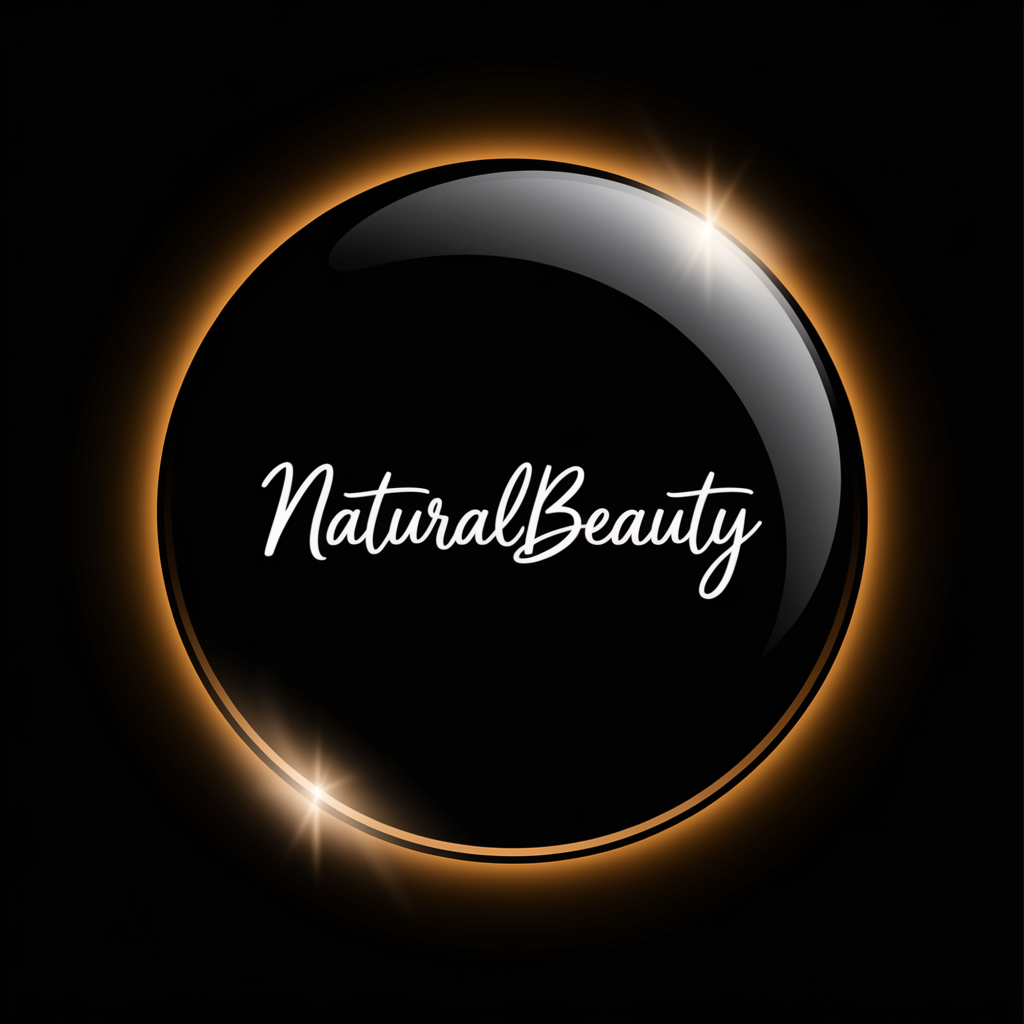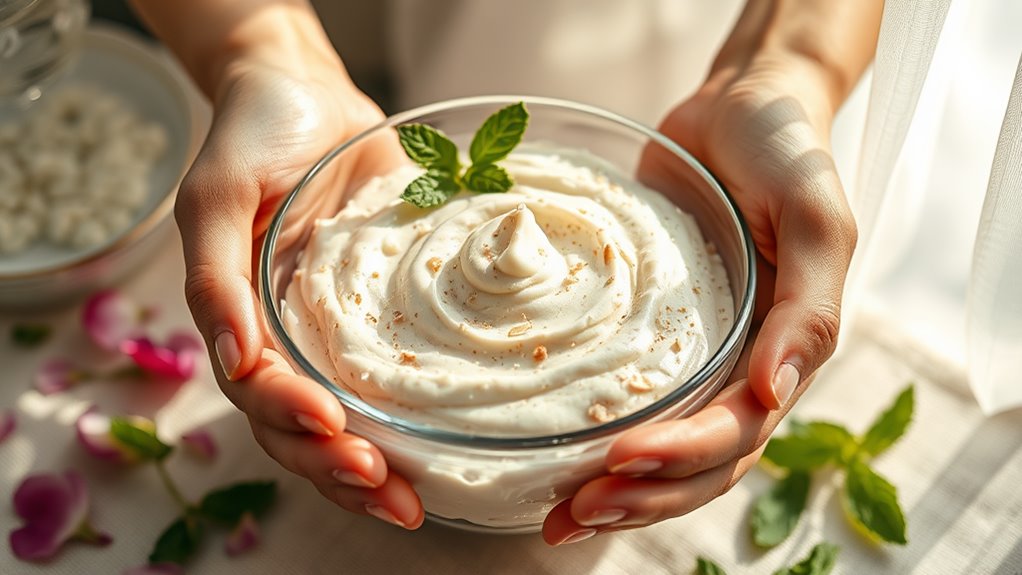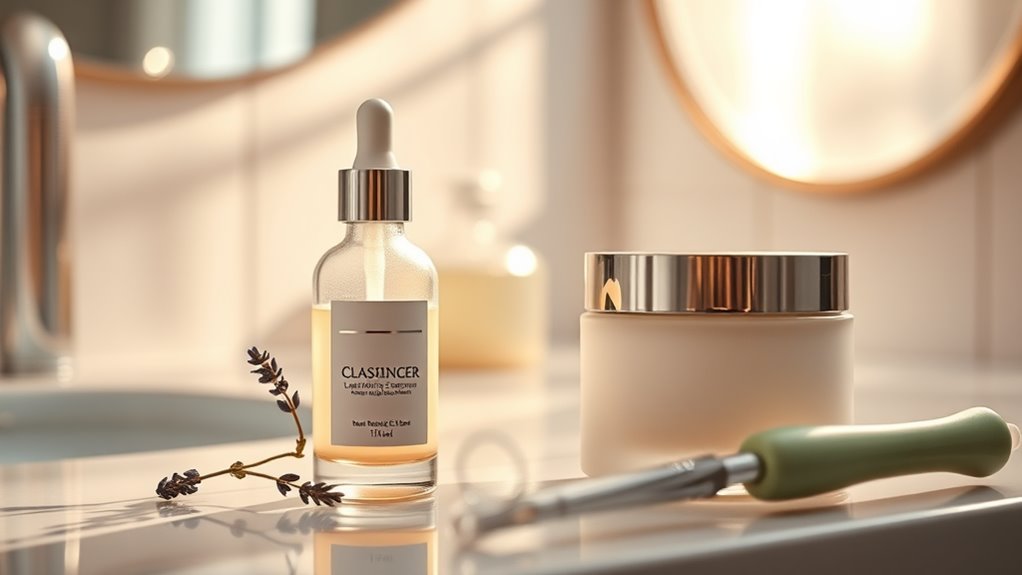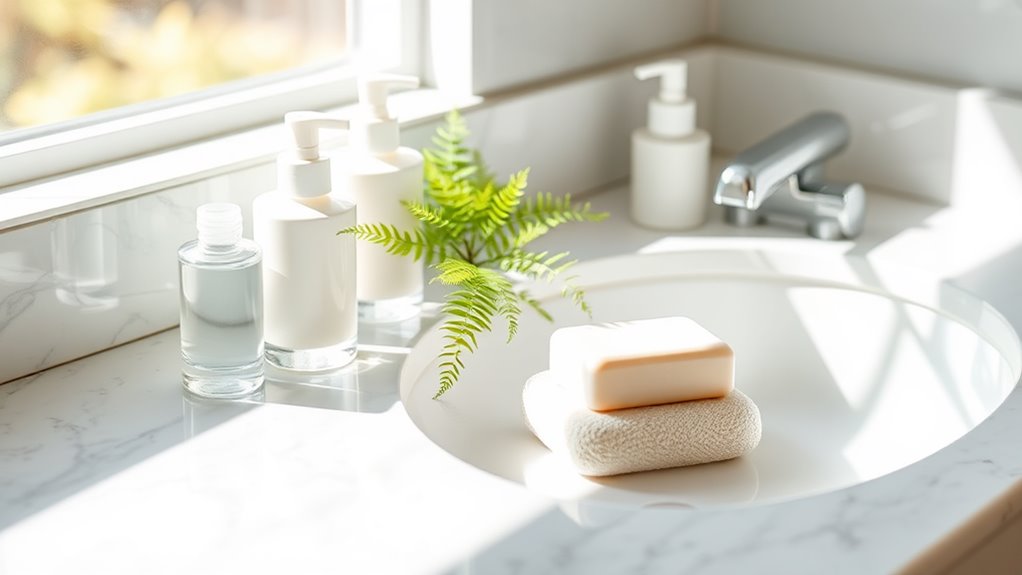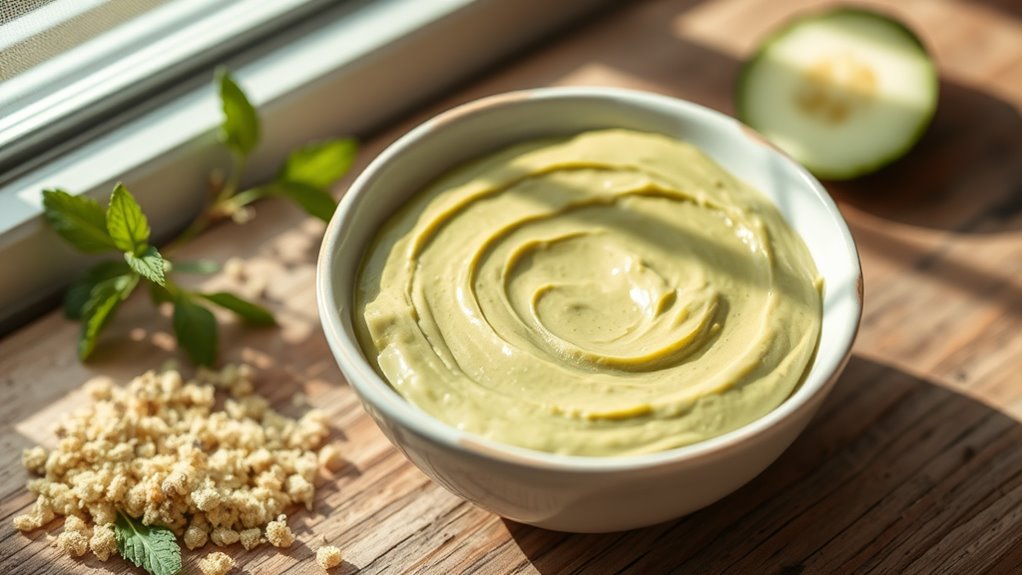Exfoliate Gently- Secrets for Smooth and Radiant Skin
Imagine struggling with dull skin despite a consistent skincare routine. Many people face this issue, and often, the answer lies in exfoliation. Exfoliating gently can reveal a smoother, more radiant complexion by sloughing away dead skin cells and promoting cell turnover. However, not all exfoliants are created equal, and choosing the right one for your skin type is crucial. So, what should you consider before you begin?
Understanding the Importance of Exfoliation
Exfoliation helps remove dead skin cells, promoting cell turnover for a smoother, more radiant complexion.
It allows your skincare products to penetrate deeper, enhancing their effectiveness.
To ensure you’re exfoliating correctly, follow these gentle exfoliation tips: opt for products with mild ingredients, limit exfoliation to 1-3 times a week, and always moisturize afterward.
Be mindful of your skin type; sensitive skin may require extra caution.
By including proper exfoliation in your routine, you’ll reveal healthier skin that looks fresh and vibrant, enhancing your overall appearance.
Incorporating gentle exfoliation techniques can make a significant difference in achieving that glow.
Make it a priority!
Types of Exfoliation: Physical vs. Chemical
When it comes to exfoliation, you have two primary methods to consider: physical and chemical.
Physical exfoliation uses scrubs or tools to manually remove dead skin cells, while chemical exfoliation relies on active ingredients to dissolve these cells for a smoother complexion. Understanding the benefits of each technique can help you choose the right method for your skin type and concerns. Many people prefer natural exfoliating scrubs made from organic ingredients that can rejuvenate the skin, leaving it irresistibly smooth and silky.
Physical Exfoliation Techniques
Physical exfoliation techniques offer an effective way to enhance your skin’s texture by manually removing dead skin cells.
You might consider using a gentle scrub, which often contains fine granules to prevent damage.
Another option is a microfiber cloth or sponge, which can be used in circular motions to slough off dead skin without irritation.
You can also incorporate exfoliating brushes for a more thorough treatment.
Always remember to use these techniques once or twice a week, depending on your skin type, to avoid over-exfoliation, which can lead to sensitivity and irritation, compromising your skin’s health.
Chemical Exfoliation Benefits
Have you ever considered the advantages of chemical exfoliation for your skin? This method offers remarkable benefits, like improving skin texture, promoting cell turnover, and reducing pigmentation. You’re likely to find it effective for treating acne and minimizing fine lines.
| Benefit | Description | Who It’s For |
|---|---|---|
| Smoother texture | Helps slough off dead skin cells | All skin types |
| Even skin tone | Reduces discoloration and dark spots | Sun-damaged skin |
| Acne reduction | Unclogs pores and prevents breakouts | Oily or acne-prone skin |
Choosing the Right Method
How do you decide between physical and chemical exfoliation methods for your skincare routine?
Physical exfoliation involves manual scrubbing with tools or scrubs to slough off dead skin.
This method works well for those who enjoy a hands-on approach but can be abrasive.
Chemical exfoliation, on the other hand, uses acids or enzymes to dissolve dead skin at a cellular level, providing a gentler option suitable for sensitive skin.
Consider your skin type, sensitivity, and desired results when choosing.
If you prefer a deeper, more even exfoliation, chemical options might be your best bet; otherwise, physical methods suffice for regular upkeep.
Choosing the Right Exfoliant for Your Skin Type
Selecting the appropriate exfoliant for your skin type is crucial for achieving the desired results without irritation. Here’s a quick guide to help you choose the right product:
| Skin Type | Suitable Exfoliant | Not Recommended |
|---|---|---|
| Oily | Salicylic Acid | Granular Scrubs |
| Dry | Lactic Acid | Alcohol-based |
| Sensitive | Enzymatic Exfoliants | Physical Exfoliants |
| Combination | Glycolic Acid | Heavy Oils |
| Normal | Manual or Chemical Exfoliants | Harsh Scrubs |
Understanding your skin’s needs lets you achieve a smoother, radiant complexion effectively. Additionally, incorporating easy natural scrubs can enhance your exfoliation routine while nurturing your skin with gentle ingredients.
Techniques for Gentle Exfoliation
Wondering what techniques can lead to effective yet gentle exfoliation?
Start with enzymatic exfoliants like papaya or pineapple, which dissolve dead skin cells without harsh scrubbing.
Next, consider using a soft washcloth or a konjac sponge to buff your skin gently.
For a natural approach, opt for sugar or oatmeal-based scrubs applied with minimal pressure.
Always follow with hydrate-rich products post-exfoliation to soothe your skin.
Lastly, never forget to patch-test new products to prevent irritation.
Incorporating these techniques into your routine can leave your skin smooth, radiant, and healthy without the risks of over-exfoliation. Additionally, using natural DIY scrubs can enhance your skincare routine and promote a glowing complexion.
Frequency of Exfoliation for Best Results
Understanding how often to exfoliate depends largely on your skin type. Those with sensitive skin might benefit from less frequent exfoliation, while oilier skin types can handle it more regularly. Additionally, seasonality can influence your routine, requiring adjustments based on climate and skin needs. Incorporating gentle techniques into your exfoliation routine can further promote comfort for sensitive skin.
Skin Type Considerations
How often should you exfoliate based on your skin type? Your skin type plays a crucial role in determining the frequency of exfoliation. A tailored approach ensures you maintain balance and avoid irritation. Consider the following guidelines:
| Skin Type | Recommended Frequency |
|---|---|
| Oily/Skin Acne | 2-3 times per week |
| Dry/Sensitive | 1-2 times per week |
| Combination | 1-2 times per week |
| Normal | 1-2 times per week |
Seasonal Frequency Adjustments
As the seasons change, so too should your exfoliation routine to align with your skin’s varying needs.
In winter, consider exfoliating once every two weeks, as your skin may be drier and more sensitive.
During spring and fall, weekly exfoliation helps shed dead skin and promotes a healthy glow.
In summer, you can safely increase frequency to twice a week; this helps combat the effects of sweat and sun exposure.
Always listen to your skin—if irritation occurs, adjust accordingly.
Aftercare: Keeping Your Skin Nourished and Hydrated
Nourishing and hydrating your skin after exfoliation is essential for maintaining its smooth, radiant texture.
Start by applying a gentle moisturizer that contains hydrating ingredients like hyaluronic acid or glycerin. This helps lock in moisture and supports your skin barrier. Avoid heavy products that may clog pores.
Follow up with a nourishing serum rich in vitamins and antioxidants to enhance skin recovery. Don’t forget sun protection; your skin may be more sensitive post-exfoliation.
Lastly, drink plenty of water to keep your skin hydrated from within. By prioritizing aftercare, you’ll ensure your skin remains soft, supple, and glowing.
